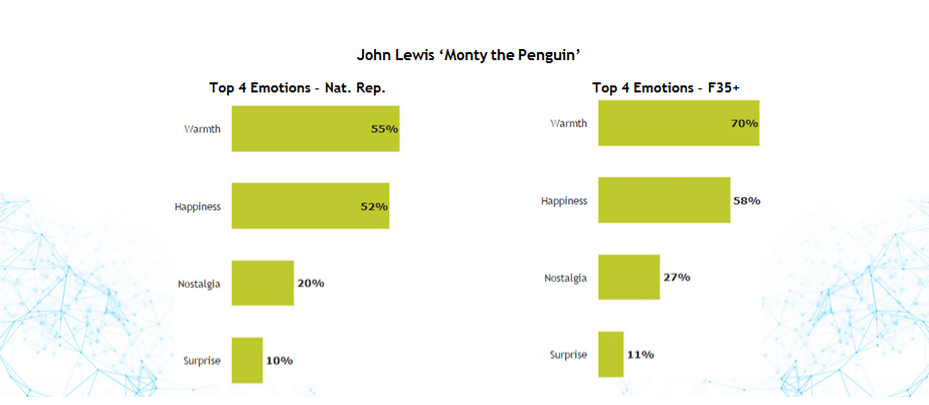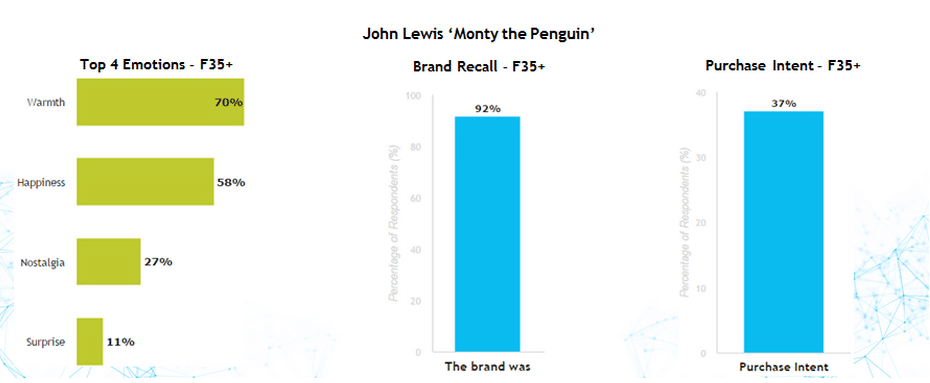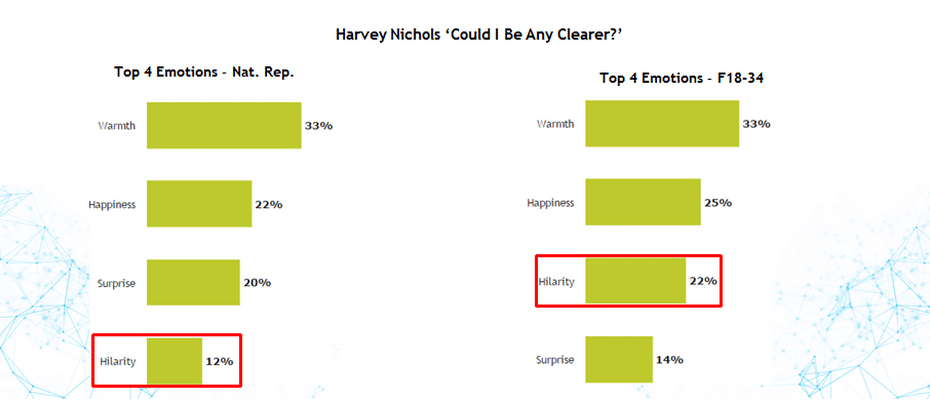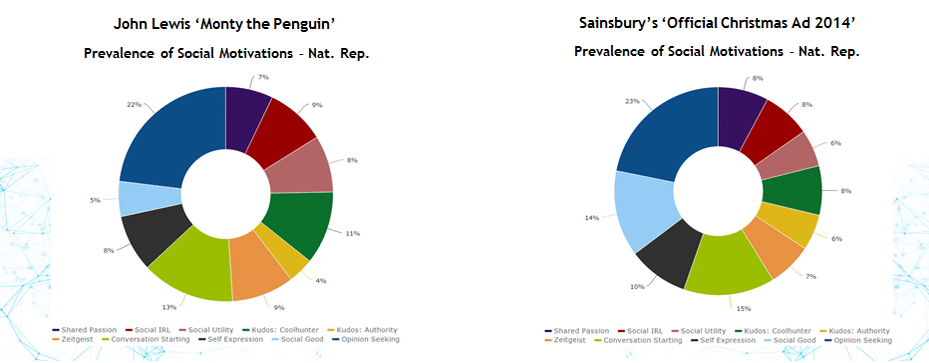The 12 Plays Of Christmas: The Really Early Guide On How To Create The Perfect Festive Ad (Part 2)
It’s Chriiiissstmasss! No, really. There may not be any mistletoe or wine on show right now, but brand managers are already busy plotting their festive ad campaigns.
But don’t worry, Unruly has been tracking the most shared Xmas ads since 2006 and, using data collected by our Unruly ShareRank algorithm and our Unruly Custom Audiences platform on some of the biggest hits of 2014, and we have come up with some content and distribution tips on how to create the perfect Christmas campaign.
Unfortunately, we have so much to talk about we’ve had to split it into three parts. Last week, we brought you Part 1 and talked through our first three ‘Plays of Christmas’. Today, we have Part 2 for you to feast your festive advertising eyes on.
So, sit back with some eggnog or mulled wine and enjoy!
Play 4. Make your ad resonate with the key female thirtysomething target market
Research has found that women control the majority of purchasing decisions in the household and a disproportionate amount of responsibility for Xmas gift-buying duties, so the thirtysomething female demo is key to Xmas advertisers.
But how do you appeal to this target audience? Well, research by Unruly has found that warmth and happiness are among the most common emotional responses women give while watching video content, particularly the over-35s.
This could well explain why John Lewis’s “Monty The Penguin” performed particularly well among this target group compared to a national representative sample, as seen in the chart below.

Provoking such a strong emotional reaction to your content will also make the difference at the till, as you can see from the chart below.

Play 5. If you are trying to be funny, make sure you make people laugh
Humour is undoubtedly one of the most effective emotional triggers in social video advertising. After all, everyone loves to laugh.
The problem is too many brands try to be funny and fail. Different people find different things funny, as Harvey Nichols found out in 2013 with its “Sorry, I Spent It On Myself” campaign. I loved it but I know a lot of people who found it mean-spirited. Plus, humour doesn’t always translate across borders. It’s also the most overused emotional trigger, making it harder to stand out from the crowd.
So if you want to make a funny festive ad that will stand out from the crowd, you had better make it funnier than the jokes you get in your Christmas crackers.
For example, let’s look at Harvey Nichols’s 2014 follow-up ad, “Could I Be Any Clearer”, which tackled the problem of rubbish gifts.
The ad managed to make people smile – among its key demographic of F18-34 – but that’s about it. There were no belly laughs, just knowing smirks. As you can see from the chart below, like John Lewis’s ad, it also attracted feelings of warmth and happiness, but at far lower levels.

This explains why it managed only 2,000 shares from its 284,000 views – a share rate of 0.7% – compared with John Lewis’s commercial, which managed over a million shares and almost 30 million views – a share rate of 3.5%.
One ad, however, that did manage to tickle a lot of peoples’ funny bones last Christmas was Mulberry’s “Win Christmas”. It managed a very respectable 37,394 shares, making it the 16th most shared Xmas ad of 2014. Kmart also managed to make people laugh out loud at its “Show Your Joe” campaign, making it the third most shared Holiday ad of all time.
Play 6. Use broad social motivations to boost sharing and brand metrics
When creating your Christmas campaign always think about the type of viewers you’re hoping to reach and find out what they like to talk about with their friends.
OK, it may seem obvious, but the importance of giving your target audience a reason to share your ad is often overlooked by brands.
These days online videos are a valuable social currency, increasingly used as conversation starters, social lubricants, props for self-expression and as a means of winning validation and approbation within a peer group.
If the video you’ve produced is perceived to have a high value within your target peer group – because it’s particularly entertaining/relevant/meaningful to this group – it’s much more likely to get passed on.
Just take a look at the most common social motivations why people said they would share the John Lewis and Sainsbury’s ads in the chart below and you will see that both offered a broad menu of reasons to share their respective videos, working in different ways for different groups.

Sainsbury’s ad, which was run in conjunction with the British Royal Legion, was mostly shared for Social Good, with viewers wanting to inspire others to be kind to one another. Social Good can also boost brand metrics, as viewers tend to associate sharing for a good cause with the brand in the video.
[pardot-form id=”4616″ title=”Trending Content Sign Up”]
